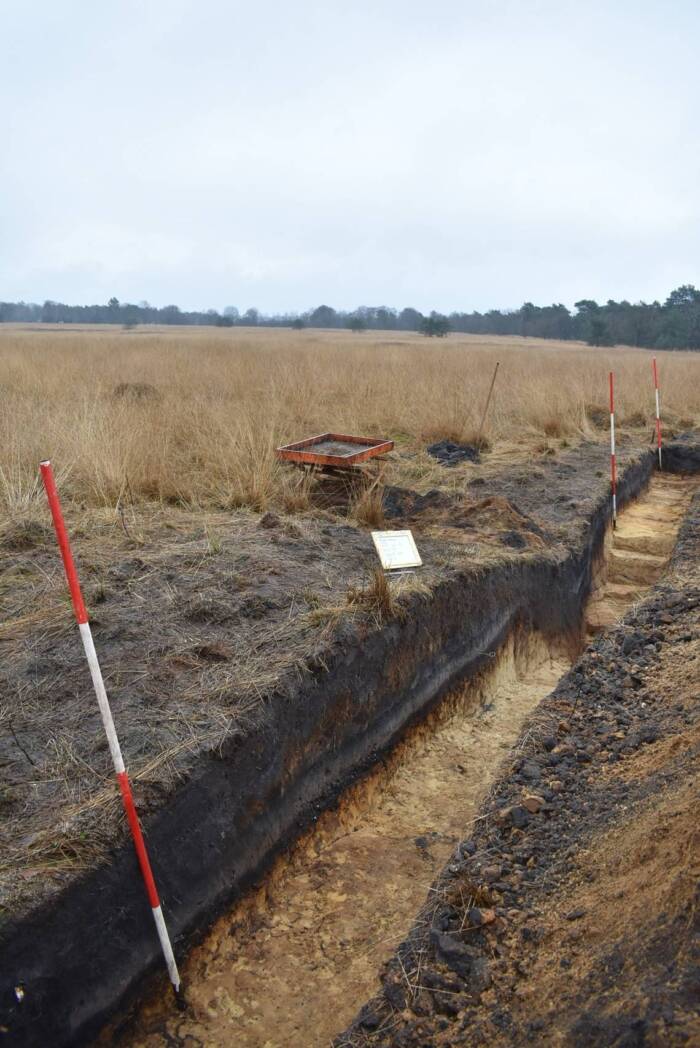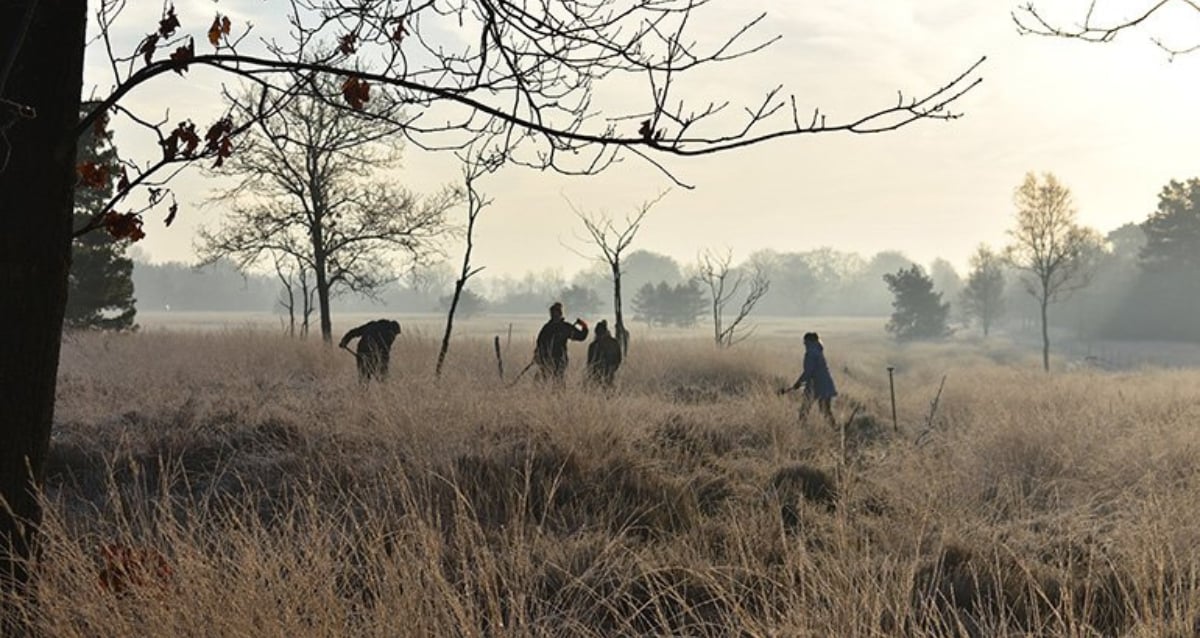Uncovering Secrets: Students Stumble Upon an 1,800-Year-Old Roman Fortress Hidden Beneath Dutch Soil
During their study, the students found a “remarkable” camp that sat beyond the Roman Empire’s northern frontier, an incredibly rare discovery the likes of which has only been made a handful of times.
A Rare Roman Military Camp Found Beyond The Bounds Of The Empire In The Netherlands

Constructing the LimesAn excavation trench at Hoog Buurlo.
The discovery was announced in a statement from Utrecht University, describing the camp as a 22-acre temporary military outpost with a roughly nine-foot-wide defensive rampart, a ditch, and several entrances.
Most likely, it had been used as a marching camp, only inhabited by soldiers for a few days at a time as they traveled. The camp once stood near Hoog Buurlo, probably as a stopover en route to another camp at Ermelo-Leuvenum, about a day’s march farther along.
“Only four such temporary Roman camps are known in the Netherlands,” Stevens said. “Through the C-Limes project, we are particularly interested in these kinds of camps because they provide valuable insights into Roman military presence and operations in frontier regions.”

Constructing the LimesA portion of the camp’s defensive moat.
While few examples of these sorts of camps are found in the Netherlands, dozens have been identified across Germany and parts of Britain.
Of course, if the camp had been easily spotted from the surface, it would have likely been discovered ages ago. But as Stevens explained to the Miami Herald, much of what the team discovered was lying beneath the surface — and it took a clever algorithm and LiDAR to identify it.












